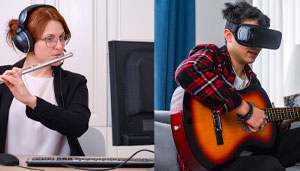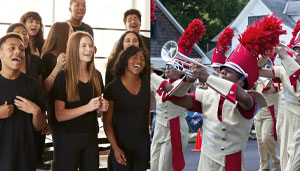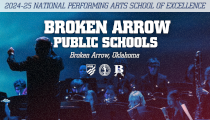Local partnerships can help restore arts programs lost to budget cuts
By Lauren Barack on March 30, 2023 advocacy PrintDive Brief:
When schools with limited resources — both in terms of money and educators — have to trim arts programming from their curriculum, it can affect students unequally along socioeconomic and racial divides. But local partnerships can offer robust alternatives, restoring the arts instruction and student learning that advocates say are needed in the school day.
Jamie Kasper, director of the Arts Education Partnership, suggests schools look for ways to bring in arts programming as students interact with artistic products, from images to movements, because art helps to develop core learning skills such as critical thinking that allow students to engage with and interpret what they see around them every day.
Students who are involved in the arts are more empathetic and better consumers of information, Kasper said. “They can take in information from different sources, put information back out into the world and express themselves.”
Dive Insight:
Many communities have organizations that offer arts education programming, from a local museum to an arts council. Some groups also connect schools with resident and teaching artists who can work with students for a set period.
One such group is the Chicago-based Urban Gateways. CEO Leslé Honoré said she is excited that students in Chicago and outlying areas have access to arts because of their programming and the funders who support it.
Aside from their after-school programs, groups like Urban Gateways also link schools with touring artists who can run special events for classes and connect districts with teaching artists who work with teachers for a semester at a time.
“To have teaching artists who practice their art and teach youth about art is ideal, whether on occasion or at the school permanently,” Honoré said.
Since students have returned to in-person learning, Honoré said, the demand for more arts curricula from her group has only increased. Like Kasper, she said stakeholders need to ensure arts education is available to all learners. The goal is not to create the next famous recording artist or painter, but to expose students to experiences that expand how they think and feel about the world and themselves.
“That’s how we connect with each other in our humanity,” Honoré said. Art is also important, she noted, because it can be the first time a student experiences autonomy, “where no one can say something is right or wrong, because it’s wholly theirs.”
Lauren Barack
K-12 Dive provides in-depth journalism and insight into the most impactful news and trends shaping K-12 education. The newsletters and website cover topics such as leadership, school models, technology, curriculum, professional development and more. Check out more impactful content here: https://www.k12dive.com/
Most Recent Articles







